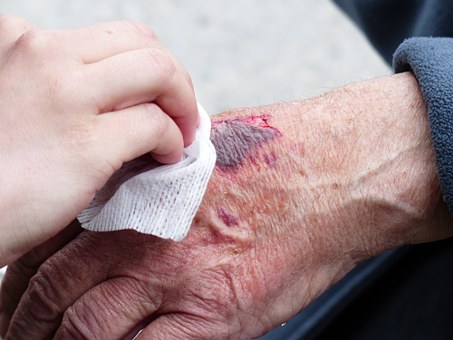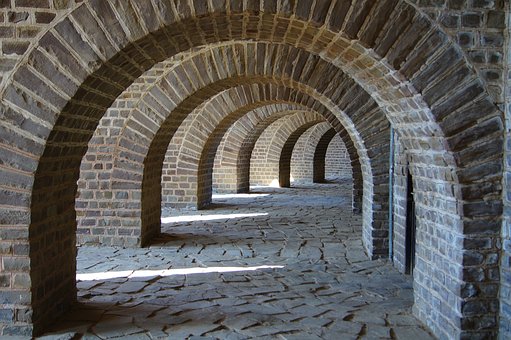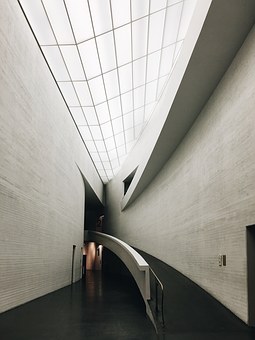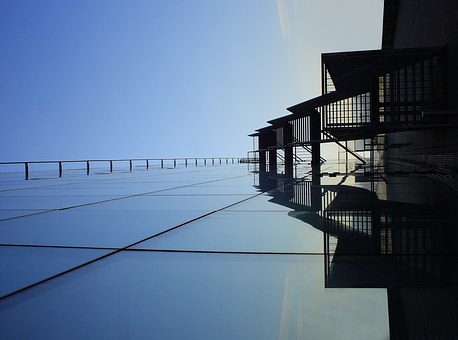
First and foremost, even though the architecture field has a low substance abuse rate “alcohol is the substance these design professionals are most likely to be dependent upon”. In turn, this can pose as dangerous to not only the individual, but others that he/she comes into contact with while in that of his/her work environment. For, addiction takes place in the workplace more often times then not, but those who struggle with such can be good at hiding it. But even so—despite the “7.9% abuse rate in architects in 2010/2011”—the numbers have most likely altered through the passing of time.
Therefore, addiction isn’t something that can always be seen by the eye, but just as with any career architects can very easily be impaired, but not come across as so. Not only that, but an injury that takes place at work—and/or maybe at home—can cause a drastic change to the work ethic of an architect. For, he/she might not be as focused on his/her work, and begin to drink in response to the injury, especially if it disallows him/her to continue with work—and forces him/her to take time off.
Time off may even allow stress in the life of him/her as he/she has to accommodate to life at home. This can even cause one’s addiction to worsen—especially if he/she is already struggling with such—because he/she is forced into a corner where he/she is unable to engage in his/her normal work routine. Depression can begin to settle in response to such, and even more so for those who enjoy what they do, but who are unable to fully engage themselves like they would like to—due to injury. This can pose as difficult for anyone if much of his/her life revolves around work, and he/she is drastically taken out of his/her environment. Not only that, but he/she might use alcohol—and/or drugs—to dull the pain of a workplace injury if it is one of great severity, and that causes a significant amount of discomfort.
In conclusion, one mustn’t think that since a particular field has a low rate of substance abuse/dependency that individuals working in that particular profession are in the clear. The fact of the matter is no one is safe from the pitfall of addiction, as it is something that anyone can endure no matter his/her age, or field of work.


